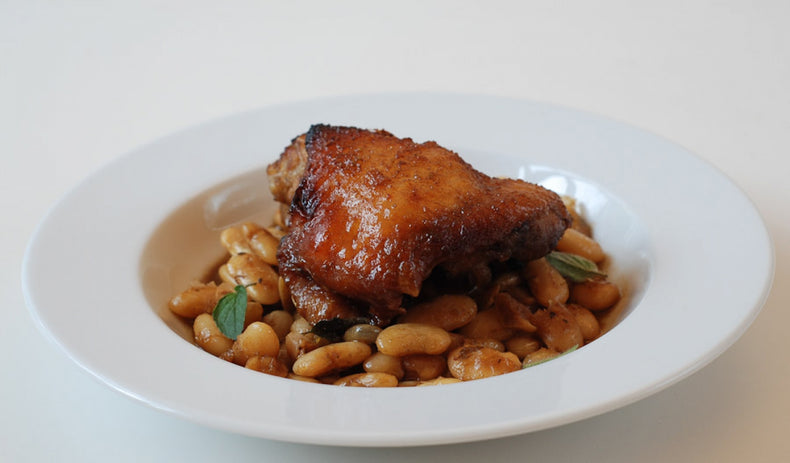Introduction To Spanish Cuisine

Tapas, paellas, tortilla omelettes and gazpacho are eaten countrywide – but Spain’s national cuisine grew from a network of regional specialties. Catalonia is known for its Mar i Muntanya (‘Sea and Mountain’) dishes, combining shrimp and chicken or squid with pork.
Spanish food is rustic, seasonal and colourful with splashes of saffron yellows, paprika reds, and honey, sherry-richness.
The south east also uses traditional sweeteners like honey, quince and raisins in savoury dishes. In the north Pyrenees the cool green Basque country specialises in meat and bean stews, hot peppers and paprika. The central plains harvest wheat and saffron, while the southern ‘garden of Spain’ is rich with orange and lemon groves, muscatel grape vineyards, bomba and calasparra rice fields.
New Spanish cuisine has gained global notoriety, with the Portsmouth-sized town of San Sebastian procuring 14 Michelin stars. Movida Cucina and New Spanish Cuisine both explore exciting ways of bringing high end Spanish cuisine into the home - but for a great introduction to traditional, rustic food Movida Spanish Culinary Adventures, Movida Rustica, and Simone Ortega’s 1080 Recipes are the best place to start.
Click here for a range of Spanish cookbooks, cookware and ingredients


